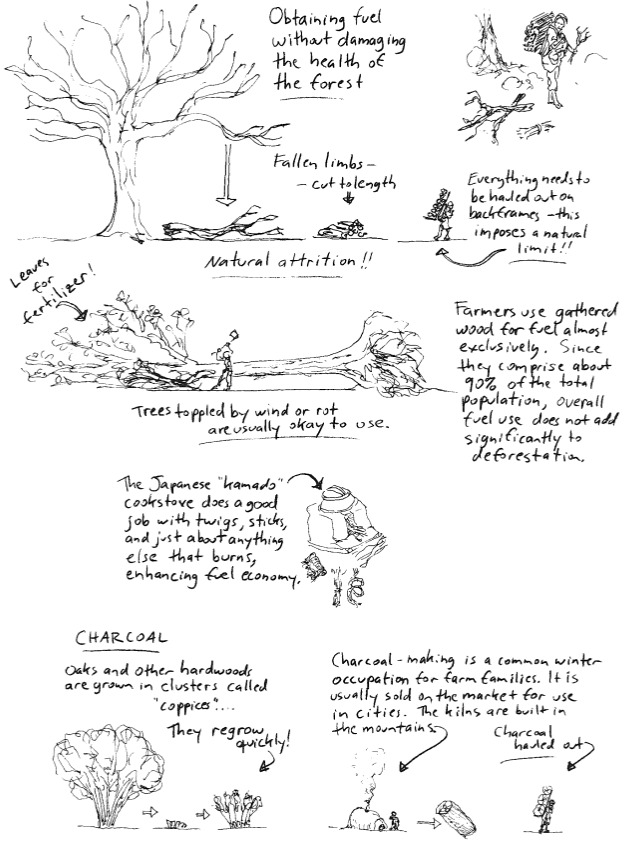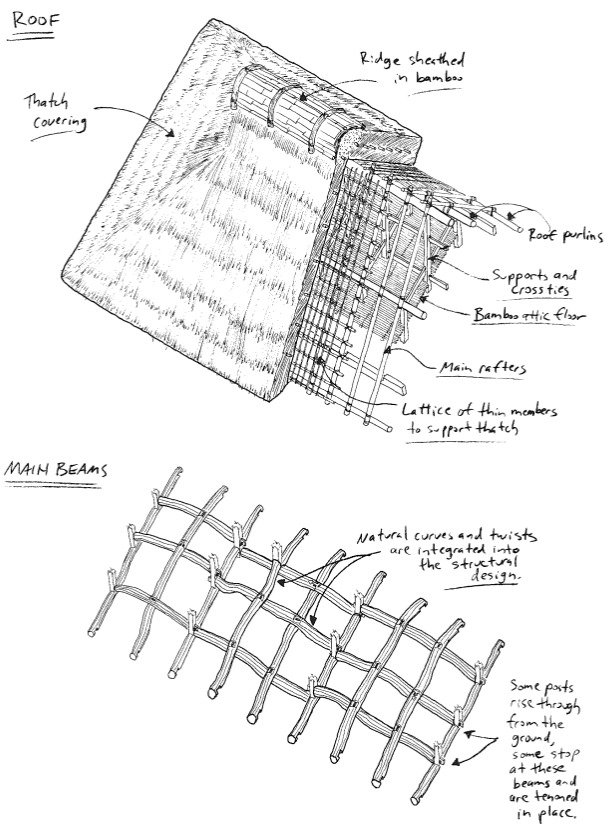Just Enough: Lessons in Living Green From Traditional Japan

Lessons in sustainable living
Japan’s Edo period found it serving as home to some of the largest cities of the time, and although it ended nearly 150 years ago, its people were faced with the very same issues of resource conservation, food production and population control that the we struggle with today. In Azby Brown’s recently reprinted book, the pragmatic solutions developed by the Japanese people during this time are presented to the reader in a format that is immediately engaging and a joy to read.
Just Enough is a self-professed “book of stories” separated into three sections that take us from the rural landscapes of a forest-dwelling rice farmer to the crowded row-house apartments of a city carpenter, and finally to the dignified formal lodgings of Edo’s samurai districts. In each section we are guided by the author into the lives of the area’s inhabitants and introduced to the way they live as if we were guests in their home, with an eye toward resource conservation at all times. At the end of each section critical points are summarized and reinforced, and throughout the text Brown’s beautiful sketched illustrations and hand-written margin notes bring life to each topic.
The book is packed with information and features an extensive bibliography. While many of the solutions featured may not be directly applicable to life outside the Edo period, they remain fascinating and are usually rooted in ideas that will have value in any time period or environment. Highly recommended to anyone with a remote interest in low-impact living or traditional Japanese culture.
02/11/14Excerpt
*
*
The Japanese have used these pounded earth floors since they began to build three thousand years ago, and the firepits and lashed and thatched roofs bear an identical pedigree. In fact, the doma sometimes goes by the name of niwa, "garden" or "courtyard," implying that it began as a truly outdoor space. This degree of continuity, with design solutions being continually refined but surviving from neolithic times into the early modern period in clearly recognizable form, is remarkable and probably unprecedented among literate civilizations.
*
The kitchen is equipped with a variety of storage shelves, but there are only a few dishes and cooking implements. Good durable dishes must be purchased from specialized craftsmen, such as potters and woodturners, and like most farm families, Shinichi's tries to use only what they can make themselves, minimizing cash expenditures. Each family member has a bowl, a cup, homemade spoons and chopsticks, and little else. On the other hand, durable storage jars are considered worth the expense of purchase.
Just Enough: Lessons in Living Green From Traditional Japan Azby Brown 2013, 224 pages $14











